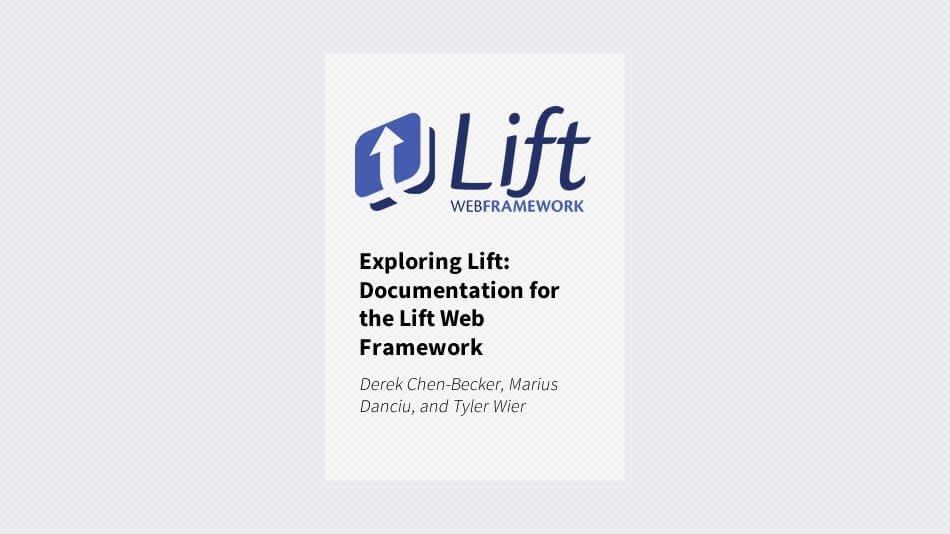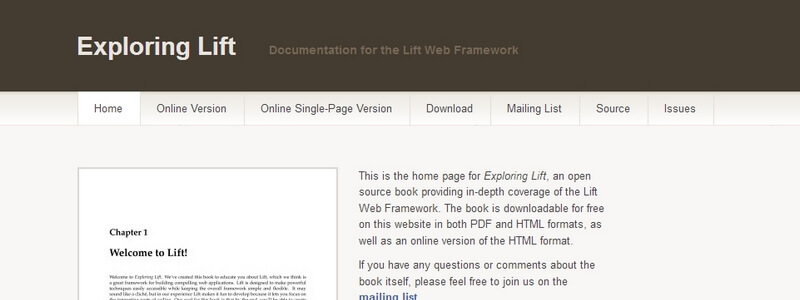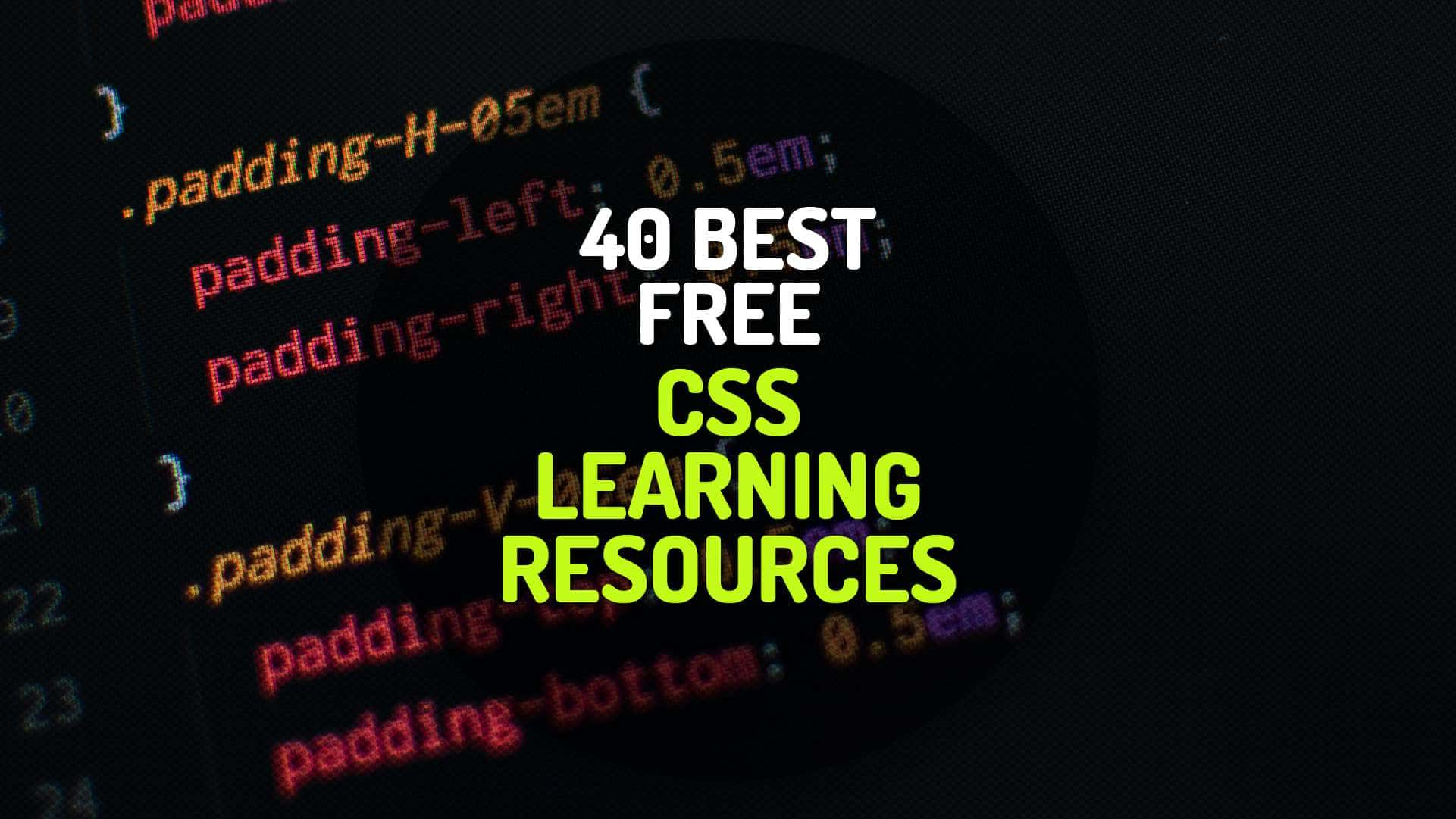This ebook was created to educate you about Lift, which is a great framework for building compelling web applications. Lift is designed to make powerful techniques easily accessible while keeping the overall framework simple and flexible. It may sound like a cliche, but Lift makes it fun to develop because it lets you focus on the interesting parts of coding. The goal for this ebook is that by the end, you’ll be able to create and extend any web application you can think of.
For those of you have experience with other web frameworks such as Struts, Tapestry, Rails, et cetera, you must be asking yourself, ‘Why another framework? Does Lift really solve problems any differently or more effectively than the ones I’ve used before?’ The answer is an emphatic, ‘Yes!’ Lift has cherry-picked the best ideas from a number of other frameworks, while creating some novel ideas of its own. It’s this combination of a solid foundation and new techniques that makes Lift so powerful. At the same time, Lift has been able to avoid the mistakes made in the past by other frameworks.
In the spirit of ‘convention over configuration,’ Lift has sensible defaults for everything while making it easy to customize precisely what you need to: no more and no less. Gone are the days of XML file after XML file providing basic configuration for your application. Instead, a simple Lift app requires only that you add the LiftFilter to your web.xml and add one or more lines telling Lift what package your classes sit in. The methods you code aren’t required to implement a specific interface (called a trait), although there are support traits that make things that much simpler.
In short, you don’t need to write anything that isn’t explicitly necessary for the task at hand. Lift is intended to work out of the box, and to make you as efficient and productive as possible.





